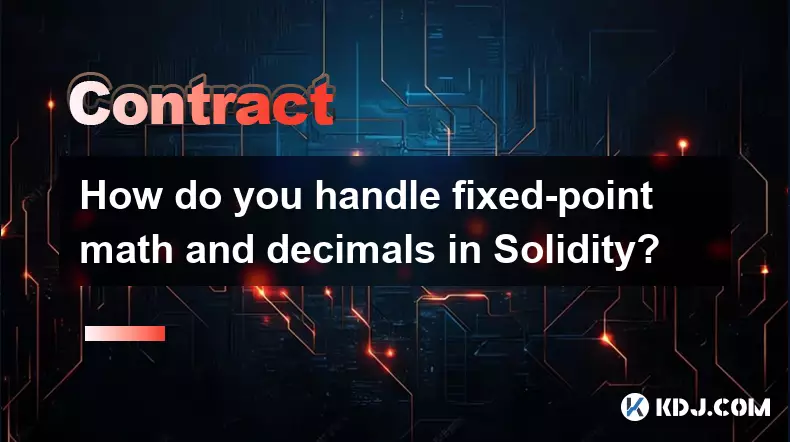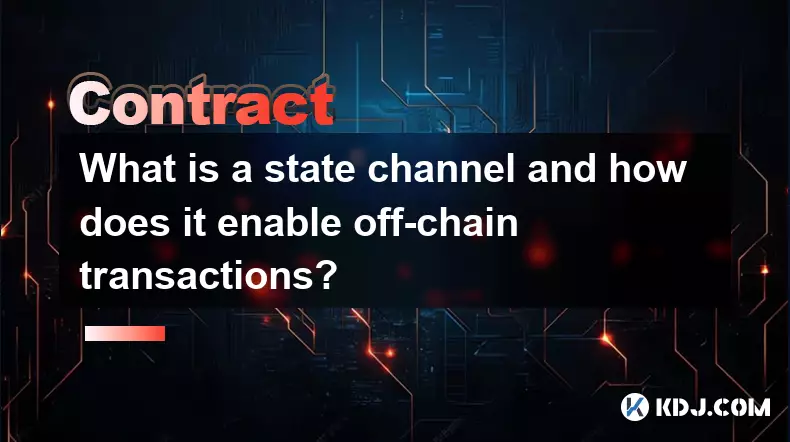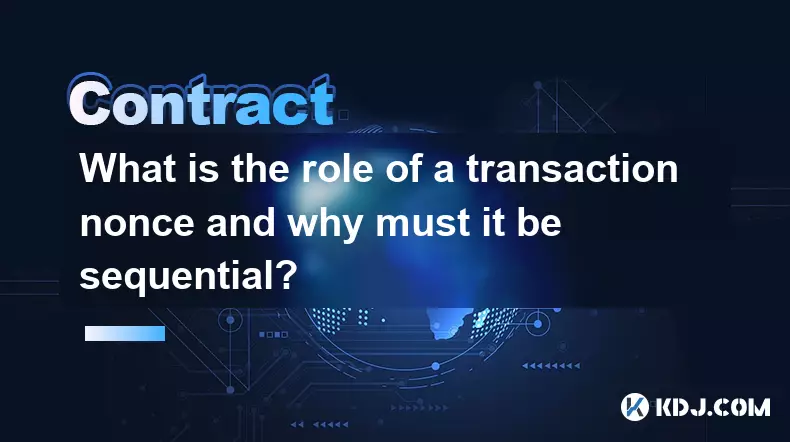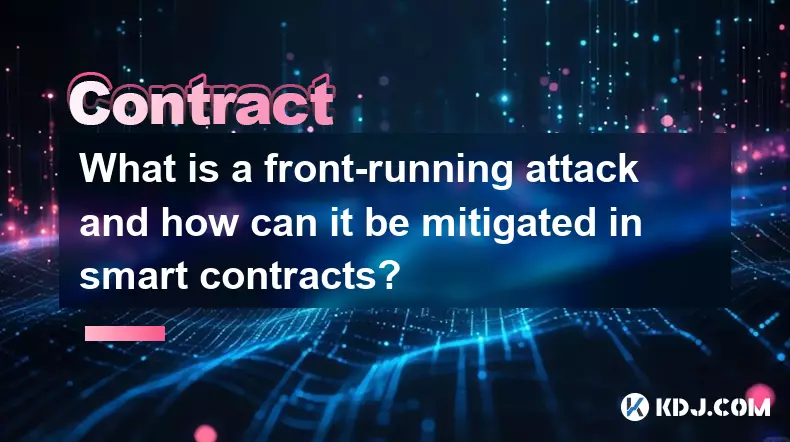-
 bitcoin
bitcoin $101752.865364 USD
-1.09% -
 ethereum
ethereum $3382.985899 USD
-1.38% -
 tether
tether $0.999658 USD
0.04% -
 xrp
xrp $2.272505 USD
-1.51% -
 bnb
bnb $989.089004 USD
0.14% -
 solana
solana $156.962612 USD
-3.08% -
 usd-coin
usd-coin $0.999776 USD
0.01% -
 tron
tron $0.290786 USD
-0.69% -
 dogecoin
dogecoin $0.174594 USD
-2.86% -
 cardano
cardano $0.560085 USD
-3.55% -
 hyperliquid
hyperliquid $40.023704 USD
-5.75% -
 chainlink
chainlink $15.324649 USD
-2.78% -
 bitcoin-cash
bitcoin-cash $493.576540 USD
-3.52% -
 zcash
zcash $571.320038 USD
-12.05% -
 stellar
stellar $0.280066 USD
-4.26%
BitFlyer leverage trading tutorial
By utilizing leverage trading on BitFlyer, users can potentially amplify their crypto trading gains, but it's crucial to manage risks diligently and trade cautiously to mitigate potential losses.
Nov 09, 2024 at 11:59 am

Leverage trading, a powerful tool in the cryptocurrency market, allows traders to amplify their potential gains. By borrowing funds from a broker, traders can trade with a larger amount of capital than they initially have. However, leverage also amplifies the potential losses, making it a double-edged sword. This tutorial will guide you through the steps of leverage trading on BitFlyer, one of the leading cryptocurrency exchanges in the world.
Step 1: Understanding Leverage- Leverage is expressed as a ratio, such as 2x, 5x, or 10x.
- A 5x leverage ratio means that for every $1 of your own capital, you can trade with $5 from the broker.
- Leverage increases both the profit and loss potential proportionally.
- Log in to your BitFlyer account.
- Click on "Leverage" in the top menu.
- Select the "Enable Leverage Trading" option and follow the on-screen instructions.
- Verify your account and complete any additional KYC requirements.
- Once leverage trading is enabled, you can set the leverage level for each supported asset pair.
- BitFlyer offers up to 2x leverage for spot trading.
- Choose a leverage level appropriate to your risk tolerance and trading strategy.
- Navigate to the spot trading page for the desired asset pair.
- Select the "Leverage" tab.
- Enter the desired order parameters, including leverage, order type, and amount.
- Review the order details carefully before submitting it.
- Leverage positions can be viewed and managed in the "Open Positions" tab.
- Monitor the position's performance and adjust the leverage level or exit the position as needed.
- Liquidation may occur if the position's value falls below a certain threshold, known as the maintenance margin.
- To close a leveraged position, navigate to the "Open Positions" tab.
- Click on the "Close" button for the desired position.
- Confirm the closure by entering the confirmation code sent to your email or mobile device.
- Leverage trading carries significant risks. Use risk management strategies such as stop-loss orders and hedging.
- Set a clear profit and loss threshold.
- Avoid overleveraging and trade within your comfort zone.
- Liquidation Risk: If the market price moves against you, your leveraged position may be liquidated.
- Margin Call: When the account balance drops below a certain threshold, a margin call may occur, requiring you to deposit additional funds to maintain the position.
- Forced Liquidation: If you fail to meet the margin call, the broker may force-liquidate your position.
- Trading Knowledge: Leverage trading requires advanced knowledge of cryptocurrency markets and trading strategies.
- Psychological Impact: Leverage trading can be emotionally taxing due to the amplified profits and losses.
- Additional Considerations for BitFlyer Users:
- Leverage fees: BitFlyer charges a small fee for using margin trading.
- Margin Interest: You may incur interest on funds borrowed from the broker.
- Customer Support: BitFlyer provides 24/7 customer support for leverage trading queries.
- Traders should thoroughly research and understand the risks involved before engaging in leverage trading.
Disclaimer:info@kdj.com
The information provided is not trading advice. kdj.com does not assume any responsibility for any investments made based on the information provided in this article. Cryptocurrencies are highly volatile and it is highly recommended that you invest with caution after thorough research!
If you believe that the content used on this website infringes your copyright, please contact us immediately (info@kdj.com) and we will delete it promptly.
- Ripple (XRP) in 2026: Hold or Fold? A Look at XRP's Future and Emerging DeFi Alternatives
- 2025-11-08 18:35:01
- Zcash ZEC Coin Price Explosion: From Privacy Niche to Center Stage
- 2025-11-08 18:55:01
- Berachain Price Prediction: Navigating the Honeycomb Hype in Crypto
- 2025-11-08 18:55:01
- Arthur Hayes, Gold, and Bitcoin: A Modern Monetary Trinity?
- 2025-11-08 19:15:01
- Shiba Inu's Next Move: Navigating a Shifting Market
- 2025-11-08 19:20:01
- Pakistan's Crypto Crossroads: Balancing Opportunity with Asset-Backed Realities
- 2025-11-08 19:20:01
Related knowledge

What is a state machine and how can a contract be designed as one?
Nov 08,2025 at 02:19pm
Understanding State Machines in Blockchain Context1. A state machine is a computational model used to design systems that transition between defined s...

How do you upgrade a smart contract using the UUPS proxy pattern?
Nov 09,2025 at 01:19am
Understanding the UUPS Proxy Pattern in Smart Contract DevelopmentThe UUPS (Universal Upgradeable Proxy Standard) pattern has become a cornerstone in ...

How do you handle fixed-point math and decimals in Solidity?
Nov 08,2025 at 11:40pm
Understanding Fixed-Point Arithmetic in Solidity1. Solidity does not natively support floating-point numbers, which means developers must rely on fixe...

What is a state channel and how does it enable off-chain transactions?
Nov 09,2025 at 10:20am
Understanding State Channels in Blockchain Technology1. A state channel is a two-way communication pathway established between participants on a block...

What is the role of a transaction nonce and why must it be sequential?
Nov 09,2025 at 01:00am
Understanding the Transaction Nonce in Blockchain Systems1. A transaction nonce is a number used once, associated with a user's account in blockchain ...

What is a front-running attack and how can it be mitigated in smart contracts?
Nov 08,2025 at 11:20am
Understanding Front-Running in Blockchain Transactions1. In the context of blockchain and decentralized applications, a front-running attack occurs wh...

What is a state machine and how can a contract be designed as one?
Nov 08,2025 at 02:19pm
Understanding State Machines in Blockchain Context1. A state machine is a computational model used to design systems that transition between defined s...

How do you upgrade a smart contract using the UUPS proxy pattern?
Nov 09,2025 at 01:19am
Understanding the UUPS Proxy Pattern in Smart Contract DevelopmentThe UUPS (Universal Upgradeable Proxy Standard) pattern has become a cornerstone in ...

How do you handle fixed-point math and decimals in Solidity?
Nov 08,2025 at 11:40pm
Understanding Fixed-Point Arithmetic in Solidity1. Solidity does not natively support floating-point numbers, which means developers must rely on fixe...

What is a state channel and how does it enable off-chain transactions?
Nov 09,2025 at 10:20am
Understanding State Channels in Blockchain Technology1. A state channel is a two-way communication pathway established between participants on a block...

What is the role of a transaction nonce and why must it be sequential?
Nov 09,2025 at 01:00am
Understanding the Transaction Nonce in Blockchain Systems1. A transaction nonce is a number used once, associated with a user's account in blockchain ...

What is a front-running attack and how can it be mitigated in smart contracts?
Nov 08,2025 at 11:20am
Understanding Front-Running in Blockchain Transactions1. In the context of blockchain and decentralized applications, a front-running attack occurs wh...
See all articles





















![The Graph Price Prediction [GRT Crypto Price News Today] The Graph Price Prediction [GRT Crypto Price News Today]](/uploads/2025/11/07/cryptocurrencies-news/videos/690d4df44fe69_image_500_375.webp)



















































